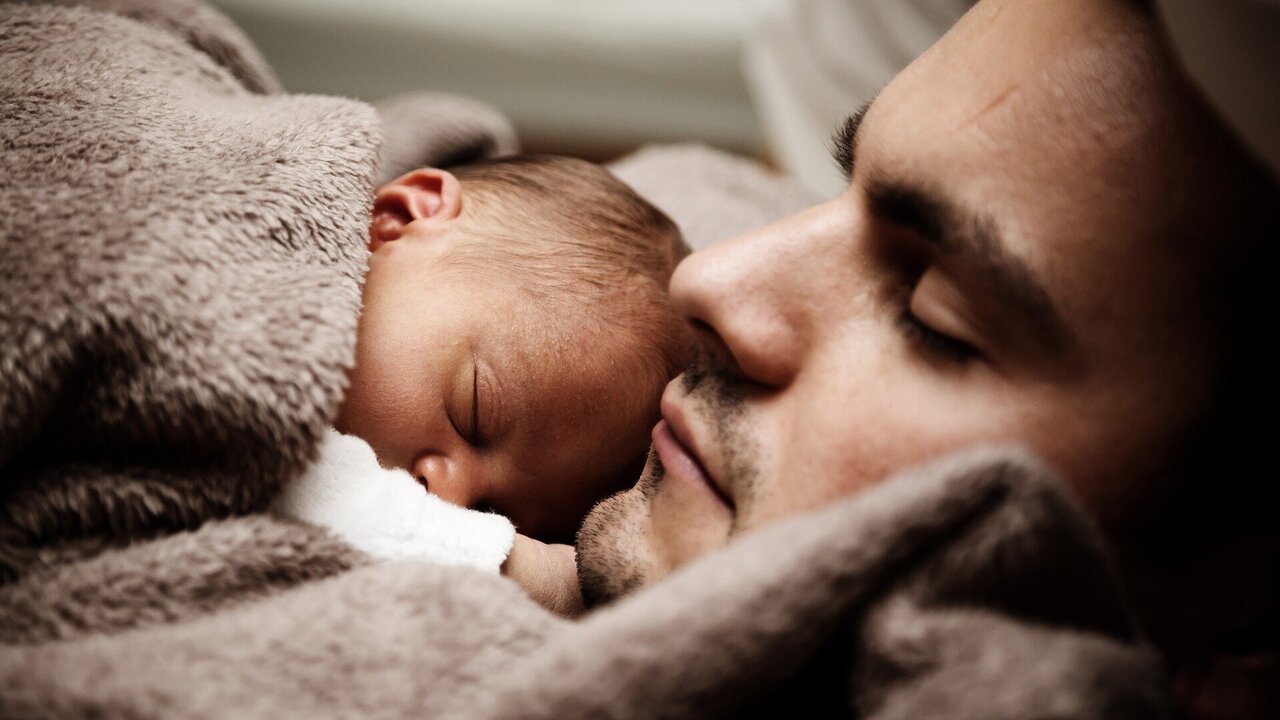There are two types of shared sleep between parents and their children. The first is that everyone sleeps on the same surface (for example, the bed), and the second is that everyone sleeps in the same room.
A recent Canadian study found that nearly a third of mothers reported bed-sharing with their babies, and 40% reported never co-sleeping with their babies.
Today there are two scientific schools that express opposing views on parent-child co-sleeping. The first school is based on the medical aspects of this type of sleep and the risks associated with it. This is suffocation, crushing, sudden infant death syndrome.
Representatives of the second school argue that co-sleeping between child and parent promotes the practice of breastfeeding and the formation of cultural and family values.
Scientific research shows that co-sleeping helps breastfeeding at night. However, it is difficult to say whether breastfeeding promotes this practice or vice versa. However, sleeping in the same room as the baby encourages this practice.
Another scientific study showed that physical contact between child and parent and being in the same room helps synchronize their circadian rhythms. This can make interaction with the child easier and allow the parent to respond more quickly to the child’s needs.
Moreover, children who sleep with their parents at an early age wake up more often than those who sleep alone. The same goes for parents’ sleep. One study showed that parent-child co-sleeping on a shared surface for an extended period of time (during the first two years of the baby’s life) was associated with shorter nighttime sleep duration, greater need for sleep during the day, and greater difficulties. falling asleep.
When it comes to bonding between parents and their babies during shared sleep, research on this topic is unclear. Some scientific studies have shown stronger bonds between parents and babies when they sleep on a common surface. Other studies show that there is no connection (positive or negative) between parent-child attachment and the organization of the child’s sleep after the first 6 months of life.
In any case, co-sleeping is the parents’ own choice.
News materials cannot be equated with a doctor’s prescription. Consult an expert before making a decision.
Source: Ferra
I am a professional journalist and content creator with extensive experience writing for news websites. I currently work as an author at Gadget Onus, where I specialize in covering hot news topics. My written pieces have been published on some of the biggest media outlets around the world, including The Guardian and BBC News.










